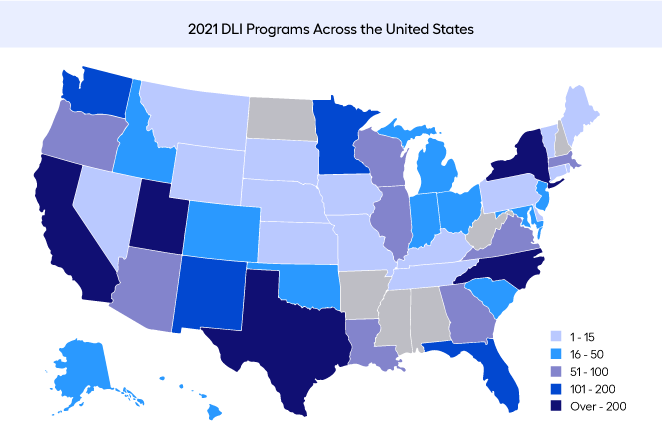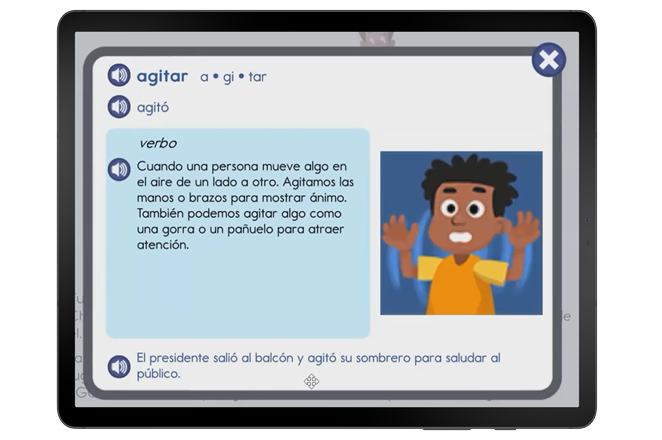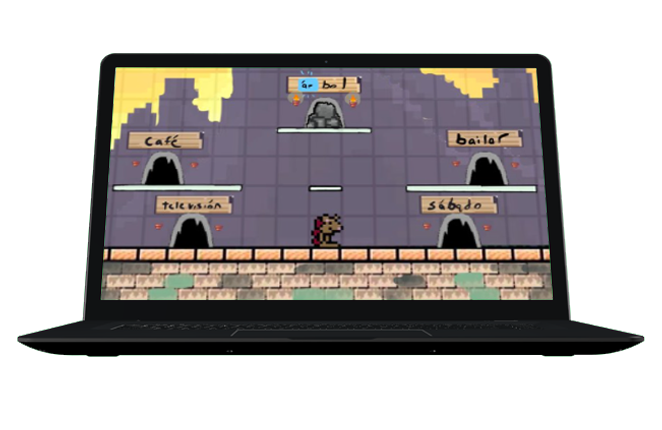
There is a growing consensus among educators that dual-language programs are essential to student success, especially as we prepare them for a global economy. In fact, there has been substantial growth in dual language programs from 300 in 2001 to 3600 in 2021, an 1100% increase. Additionally, Spanish accounts for 80% of these language immersion programs in the U.S., so there is a massive demand for Spanish Language Arts (SLA) programs. A significant challenge, however, is providing authentic Spanish instruction. Imagine Español draws upon the expertise of a Cultural Advisory Board to understand the key components of an effective SLA program. The board consists of directors of dual language programs, district administrators, instructional coaches, and educators from our customer base. Here’s what we learned:


